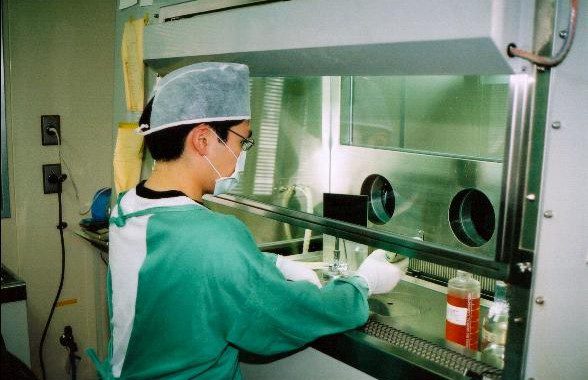This piece has been cross-posted from the Global Priorities Project. Please press here to see the original post.
The recent US moratorium on certain types of Gain-of-Function (GoF) research made it clear that a new approach is needed to balance the costs and benefits of potentially risky research. Current risk management tools work well in the context of most laboratory risk, where risks are local. However, in the case of potential pandemic pathogens, even a very low probability of accident could be unacceptable given the consequences of a global pandemic. Although quantitative assessment is feasible for these low-probability, high-stakes risks, simultaneously comparing these risks with the qualitative benefits of such research is an especially difficult task.
In this policy working paper we outline an approach for handling decisions about GoF research of concern. Our central policy objective is that:
Proposals for research projects with the possibility of catastrophic accident should have an independent estimate of the expected damage, and this figure should be explicitly included in the cost of the research project.
Our policy objective has three key advantages:
- It keeps decisions about which science is worth funding in the hands of scientists.
- It incentivizes sponsors to fund research only when the scientific merit outweighs the costs because the negative externalities are considered as part of the cost of the research project – without the need for a direct benefit-cost analysis.
- It provides a generalizable solution, which can be applied to other emerging risks from science and technology.
We propose and compare two different approaches to achieving the policy objective.
The first is to establish strict liability for any damages that result from GoF research of concern, and to require grant-holders to purchase liability insurance as part of the grant. The strength of this approach is market-based and incentivizes insurers to price externalities correctly.
The second approach is to centrally commission assessments of absolute risk and require a payment to a state or non-state body to cover the expected cost. The strength of this approach is that it works even if there may be no clear liability after the fact, so could address biosecurity as well as biosafety risks.
Note: In this paper we use the term ‘Gain-of-Function’ to refer only to the research covered by the recent White House moratorium.
We are grateful to Carrick Flynn for research assistance and to Anthony Aguirre, Leah Broad, Marc Lipsitch, Kathryn Mecrow, Piers Millett, and Stefan Schubert for their comments on drafts.
